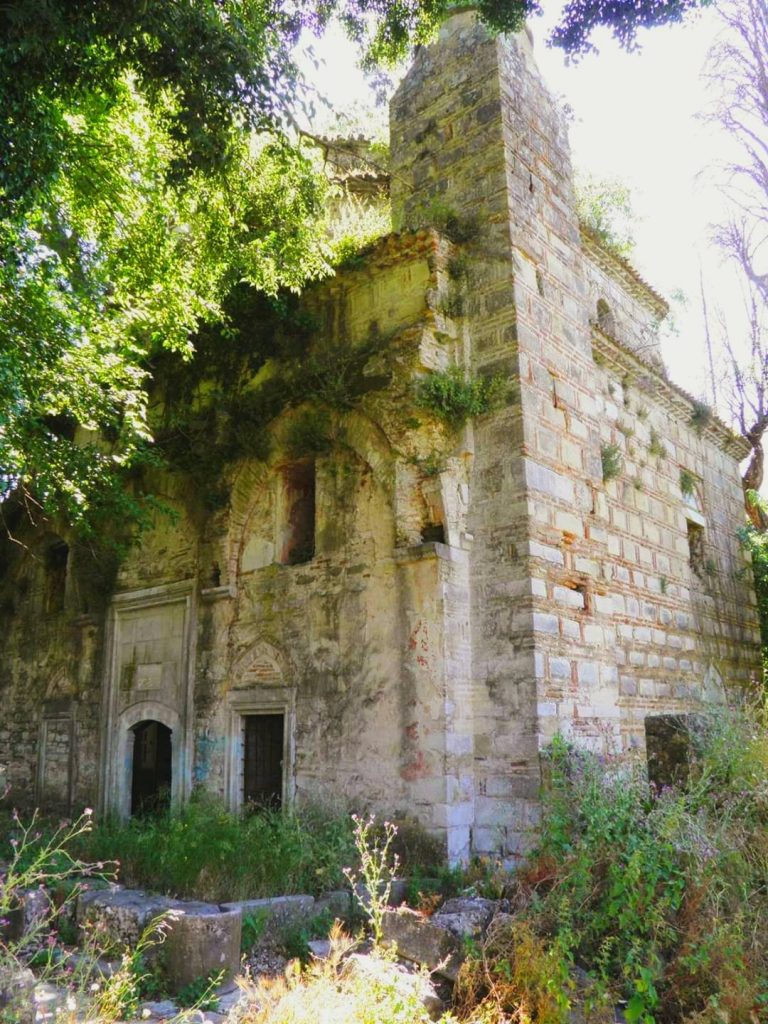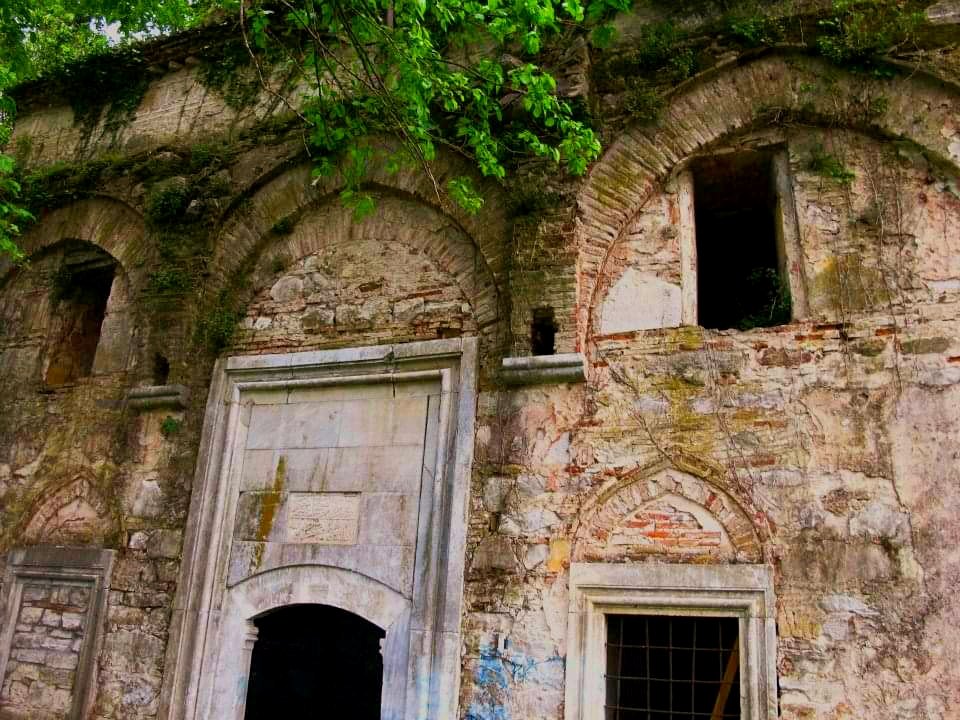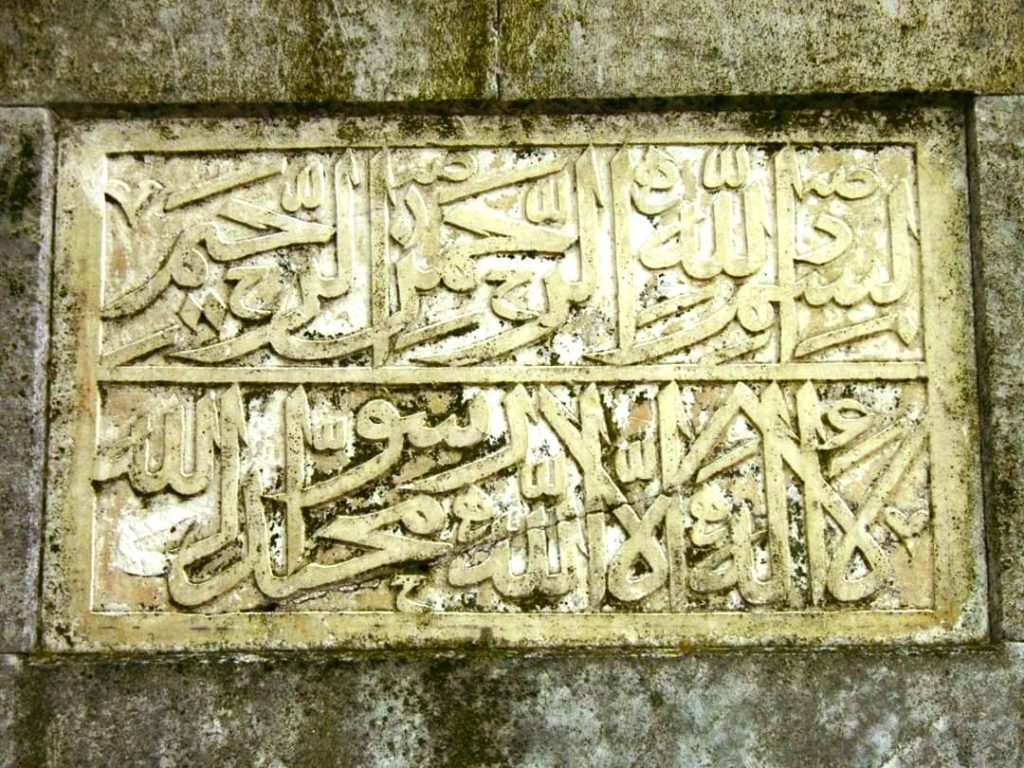After the Turkish-Russian War (1877-1878) and the signing of the Treaty of Berlin, the Ottoman Empire had to cede these territories to Greece. However, on condition that the Muslim residents are guaranteed security of property and religious freedom.
In the XVII century, the polyglot writer and commercial traveler Evliya Çelebi visited the then town of Narda, which is now called Arda and is located in the Epirus region of Greece. During his explorations, he came across a fortress in the city in which there were six mosques, smaller places of worship, madrasas and religious schools.
Arda was once a multicultural city
In addition to Muslims, Orthodox Greeks, Albanians and Jews also lived there. The Ottomans conquered the Ioannina (Yanya) region under the leadership of Sinan Pasha in 1449. As a result, the “despot of Epirus”, Carlo, had to recognize Ottoman rule as a vassal. Arda was renamed Narda after the capture.
The town was given its Turkish name after Evliya Çelebi because of the abundance of pomegranate trees and its good reputation, which preceded it. Arda Fâik Pasha once commissioned the construction of a Muslim place of worship and the mosque still bears his name today. The Islamic encyclopaedia comments on the architecture of the building: “The Arda Fâik Pasha Mosque is a single domed building with a square floor plan. Each side measures 11.70 meters from the outside. It was painstakingly built by hand using the mixed technique of regularly cut stone and brick common in early Ottoman buildings. It also attracts attention with the brick technique placed vertically between the stones, as seen in buildings from the XIV – XV centuries. On the entrance façade there was a three-part domed meeting room with arches resting on four columns.”
After the conquest of the city, an unprecedented destruction of Ottoman cultural assets began
After the Turkish-Russian War (1877-1878) and the signing of the Treaty of Berlin, the Ottoman Empire had to cede these territories to Greece. However, on condition that the Muslim residents are guaranteed security of property and religious freedom. After the fall of the city to the Greeks, an unprecedented destruction and annihilation of Ottoman cultural assets began. Architectural historian Dr. Neval Konuk-Halacoğlu, who has been researching Ottoman cultural assets in Greece since 2006, has already pointed this out. According to the researcher, Ottoman monuments were destroyed by demolition and pillaging and mosques were converted into churches, museums or residential buildings or used as brothels. The Arda Faik Pasha Mosque has been left to its own devices for decades and the building is falling into disrepair. There are also no plans by the Greek authorities to restore the Muslim place of worship.
According to the historian, there were around 20,000 Ottoman cultural assets in Greece in 2019. As there is no longer a Turkish community there, with the exception of Western Thrace, Rhodes (Rodos) and Kos (Istanköy), the “mosques have been used for other purposes”. The Arda Fâik Pasha Mosque in Arta was used as a brothel after 1912. These cultural assets would have lost their identity. According to Konuk-Halaçoğlu, the minarets of the mosques were destroyed and alterations were made in their place to bring them into line with Byzantine architecture.
The Greek uprising was the beacon for massacres and expulsions of Muslims
With the French Revolution and the rise of European nationalism, extremist revolutionary organizations emerged in the Balkans and also in Greece, demanding independence from the Ottoman Empire.
William St. Clair: Greeks murdered 20,000 Turkish men, women and children
This put an end to centuries of peaceful coexistence between different ethnic groups. In 1821, there were an estimated 50,000 Muslims living in the Peloponnese, whose settlement areas were scattered all over the peninsula. Within a few weeks, Greek insurgents carried out widespread massacres against the Muslim civilian population of the Peloponnese. In his book “That Greece Might Still Be Free”, William St. Clair describes the extent of the violent crimes committed:
“Up to twenty thousand Turkish men, women and children were murdered by their Greek neighbors in a week-long slaughter. They were deliberately killed without scruples or second thoughts, and there was no remorse then or later.” The Muslim inhabitants of Arda and Epirus were also victims of massacres, torture and expulsions. Survivors of mass violent crimes tried to flee to Anatolia with their few belongings.
Mezalim is the technical term for mass violent crimes against Muslims
In the written testimonies of Turkish-Muslim civilians who witnessed the massacres by Greek irregulars and regular troops in the 19. and 20th century, the term “Yunan or Rum Mezalimi” (“Greek atrocities”) is often used. In Turkish and Azerbaijani historiography, the term technicus Mezalim has become established for mass violent crimes against the Muslim civilian population.




